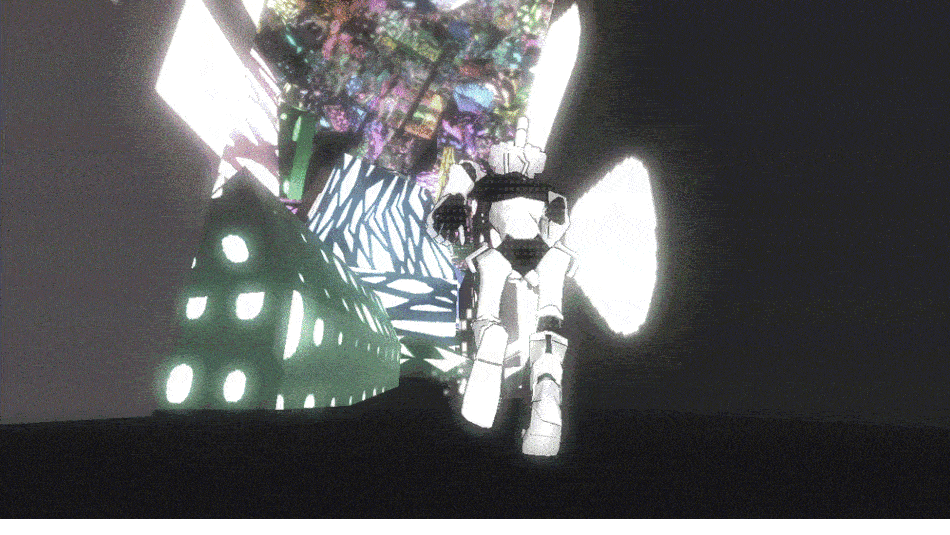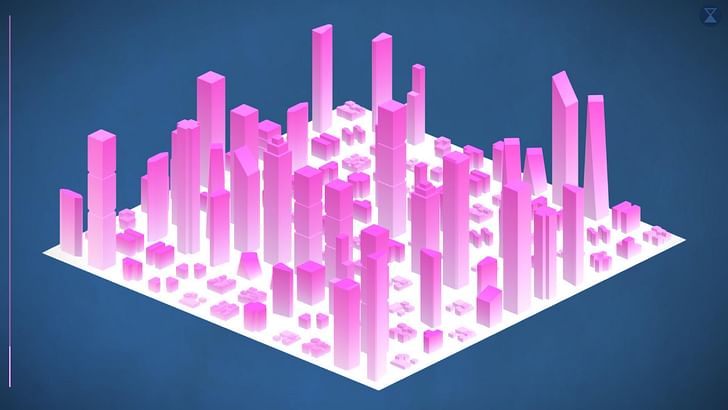

From Monopoly to SimCity, games can foster a special sort of engagement with an urban environment, helping us hash out and represent the complex socioeconomic and political forces that determine its morphology. It’s no surprise, then, that architects employ games to work out and convey new ideas, or that game designers look to the city for inspiration.
Difficult problems sometimes require playful solutions. At least that’s the idea behind Rezone, a game developed by Bosch Studios of the Netherlands. As economic crises and the shifting movements of capital produce more and more vacant buildings, cities must find new uses for them. Difficult problems sometimes require playful solutionsIn Rezone, using a game table equipped with a webcam and a computer display, players take on roles such as mayor, building owner, engineer or resident. Like their real-life counterparts, the roles have certain capabilities to combat vacancy, with the objective to fight back against the destructive effects of abandoned property on its environs.
Rezone - Rezone the Game from WaveOfTomorrow on Vimeo.

Like Rezone, HomeMake, a game designed by Cory Seeger and Matthew Conway, two former Harvard architecture students, zones in on the dynamic processes of cities. “Cities change every day and in HomeMake it is no different,” they tell me via email. Accordingly, the richly-rendered world of their game changes constantly and often imperceptibly. The character travels along the interior of a spherical “planet,” allowing for endless exploration. Cities change every day and in HomeMake it is no differentAs your avatar moves, the shimmering buildings change shape and streets shift around. Here, the city becomes a field for endless exploration, but also a living thing in its own right: an accelerated, visually-enhanced vision of the cities we currently inhabit.
“These changes will range in severity but our goal was to make an environment with no distinct beginning or end and could be explored forever, with the player always finding new areas of the city they’ve never seen before,” Seeger and Conway state. “Ultimately, the story will revolve around this struggle to find one’s “self” amidst a changing world and the myriad of character identities.”

For the authors of HomeMake, architecture is “about the city as whole”, not just fancy buildings. Likewise, Nova Alea, a computer game created by Paolo Pedercini, a professor of experimental game design at Carnegie Mellon, analyzes how cities take form. “For its dwellers, Nova Alea was a mixture of shelters, connections, memories, longings,” the narrator of Nova Alea begins. “For its masters, the city was a matrix of financial abstractions.” Nova Alea attempts to illustrate the complex relationship between finance, developers, and urban dwellers in a way that’s accessible and aesthetically-alluring. As you pan around a square city model, you try to predict the “invisible patterns”—like market bubbles that make assets, in the form of buildings, appreciate or depreciate. Follow the “Weird Folk,” who settle in “crater left by the cyclical crisis” and you’re likely to make a profit. For its masters, the city was a matrix of financial abstractionsAs the game goes on, your efforts to accrue capital—and displace long-term residents—become hindered as city residents band together to stabilize rent.
“Nova Alea alludes to a few possible strategies against real estate speculation: rent control measures, subtraction of properties from the marketplace (public housing, co-operatives), and anti-flip regulations,” Pedercini tells me. “But at the end of the day I hope it to be more evocative than persuasive or didactic, an object to think with.”


“I've always been very interested and very critical of city simulations like ones from the SimCity series,” he continues. “I’m trying to envision alternatives to that popular paradigm of city simulation that celebrates endless growth, top-down urban design, while erasing the conflicts that shape and reshape our cities.”
games can take us beyond the individual, lived experience, and encourage us to explore a problem in a holistic, systemic wayWhile Pedercini appreciates the value of first-person accounts of major urban processes, he believes that without being able to think of these processes in the abstract, we focus instead on “symptoms and anecdotes”. “For example the discourse around gentrification is often centered around the aesthetic effects on the urban landscape (hipsters, condos and fancy stores) instead of on the possible ways to prevent displacement and economic and racial segregation.”
“Narrative media need stories and characters to be engaging and ‘relatable’,” he writes. “But games can take us beyond the individual, lived experience, and encourage us to explore a problem in a holistic, systemic way.”
This feature is part of Archinect's special editorial focus on Games for August 2016. Click here for related pieces.
Writer and fake architect, among other feints. Principal at Adjustments Agency. Co-founder of Encyclopedia Inc. Get in touch: nicholas@archinect.com
No Comments
Block this user
Are you sure you want to block this user and hide all related comments throughout the site?
Archinect
This is your first comment on Archinect. Your comment will be visible once approved.